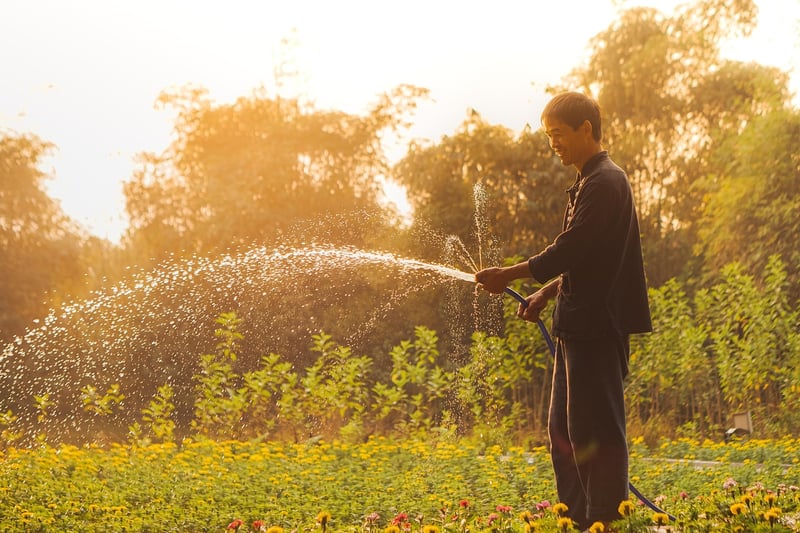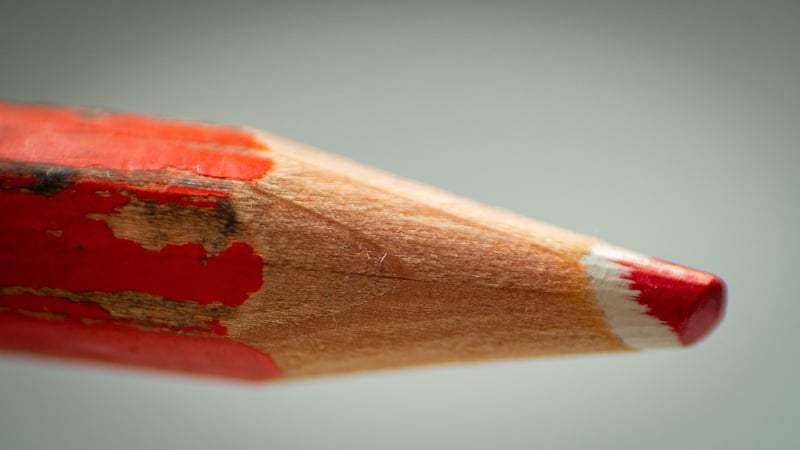Watering Tips
Nurturing Plants: Essential Watering Tips
Plants are a beautiful addition to any home or garden, but they require proper care to thrive and flourish. One of the most critical aspects of plant care is watering. Here are some essential watering tips to help you nurture your plants effectively:
1. Understand Your Plants' Watering Needs
Not all plants have the same watering requirements. Some plants prefer moist soil, while others prefer to dry out between waterings. Research the specific needs of each plant in your care to ensure you provide the right amount of water.
2. Water at the Right Time
Water your plants in the morning whenever possible. This allows the plants to absorb the water throughout the day and reduces the risk of fungal diseases that thrive in moist conditions. Avoid watering in the evening to prevent prolonged moisture on plant leaves.
3. Use the Right Watering Technique
Aim to water the soil directly at the base of the plant rather than overhead. This helps prevent water from collecting on the leaves, which can lead to mold and mildew issues. Water thoroughly but avoid overwatering, as it can suffocate the roots.
4. Monitor Soil Moisture
Check the soil moisture regularly by inserting your finger into the soil. If it feels dry an inch below the surface, it's time to water. For plants that prefer drier conditions, allow the soil to dry out more between waterings.
5. Use the Right Watering Tools
Choose watering tools that suit the needs of your plants. For delicate plants, a watering can with a narrow spout works well, while a hose or watering wand is suitable for larger plants or outdoor gardens. Consider using a drip irrigation system for efficient watering.
6. Consider Environmental Factors
Take into account environmental factors such as temperature, humidity, and sunlight levels when determining your watering schedule. Hotter and drier conditions may require more frequent watering, while cooler and more humid conditions may necessitate less water.
7. Observe Your Plants
Pay attention to your plants' appearance to determine if they are getting the right amount of water. Wilting, yellowing leaves, or mold growth can indicate overwatering, while drooping or dry leaves may signal underwatering.
By following these essential watering tips and understanding your plants' individual needs, you can help them thrive and grow beautifully. Happy gardening!

For more plant care tips and gardening advice, visit The Spruce - Gardening Section.
